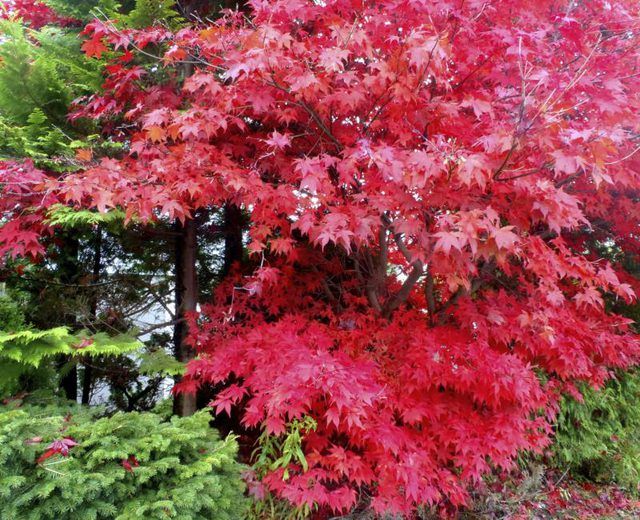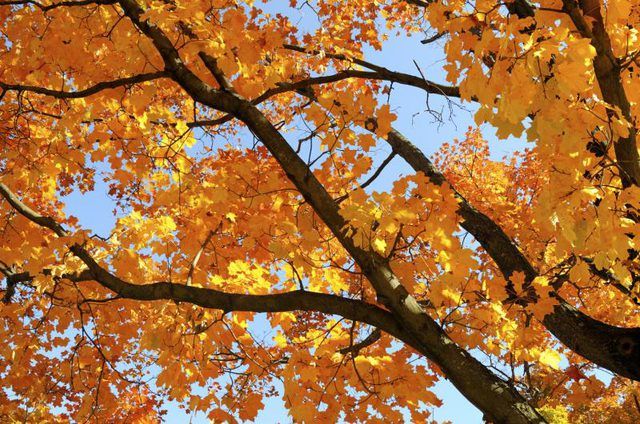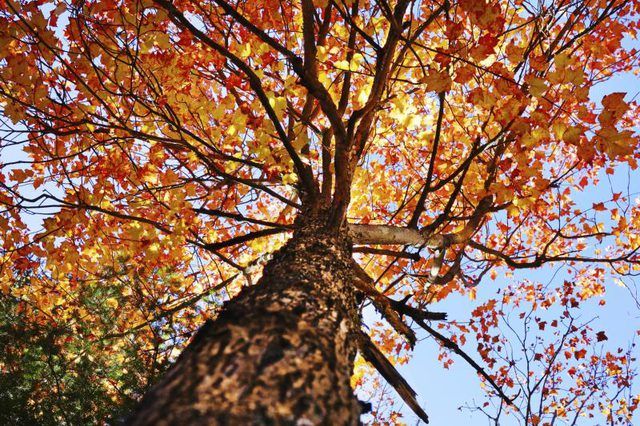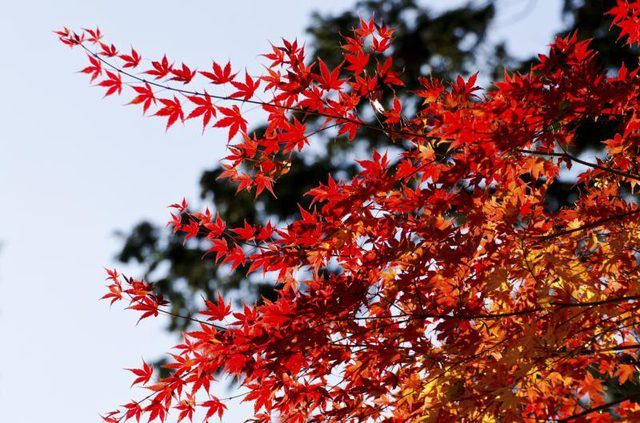Bulbs
Flower Basics
Flower Beds & Specialty Gardens
Flower Garden
Garden Furniture
Garden Gnomes
Garden Seeds
Garden Sheds
Garden Statues
Garden Tools & Supplies
Gardening Basics
Green & Organic
Groundcovers & Vines
Growing Annuals
Growing Basil
Growing Beans
Growing Berries
Growing Blueberries
Growing Cactus
Growing Corn
Growing Cotton
Growing Edibles
Growing Flowers
Growing Garlic
Growing Grapes
Growing Grass
Growing Herbs
Growing Jasmine
Growing Mint
Growing Mushrooms
Orchids
Growing Peanuts
Growing Perennials
Growing Plants
Growing Rosemary
Growing Roses
Growing Strawberries
Growing Sunflowers
Growing Thyme
Growing Tomatoes
Growing Tulips
Growing Vegetables
Herb Basics
Herb Garden
Indoor Growing
Landscaping Basics
Landscaping Patios
Landscaping Plants
Landscaping Shrubs
Landscaping Trees
Landscaping Walks & Pathways
Lawn Basics
Lawn Maintenance
Lawn Mowers
Lawn Ornaments
Lawn Planting
Lawn Tools
Outdoor Growing
Overall Landscape Planning
Pests, Weeds & Problems
Plant Basics
Rock Garden
Rose Garden
Shrubs
Soil
Specialty Gardens
Trees
Vegetable Garden
Yard Maintenance
How to Tell the Difference Between Hard Maple & Soft Maple Trees
How to Tell the Difference Between Hard Maple & Soft Maple Trees. Even the most beautiful trees cannot have it all. Most maple trees (Acer spp.) rise swiftly from saplings to shade our backyards in summer and light up our forests in autumn with fiery foliage. But fast-growers -- termed "soft maples" -- have weaker, more easily breakable...
Even the most beautiful trees cannot have it all. Most maple trees (Acer spp.) rise swiftly from saplings to shade our backyards in summer and light up our forests in autumn with fiery foliage. But fast-growers -- termed "soft maples" -- have weaker, more easily breakable wood, while those with "hard," virtually wind-proof wood grow slowly and demand a gardener's patience.

If you thought "soft maple" was a maple species, think again. The label refers to the quality of the tree's wood. Maples labeled soft are those that seem to shoot up overnight, including garden-friendly landscape trees such as bigleaf (Acer macrophyllum) in zones 5 through 9, red maple (Acer rubrum) in zones 3 through 9, and silver maple (Acer saccarinum) in zones 4 through 9. The rapid plant-cell growth creates wood that can break in wind or ice-storms, although many of these glorious trees stand straight and fully branched all their lives.

When you hear someone talk about hard maple, think: "hard to break." The limbs and trunks of these trees grow slowly and thus have time to develop solid structures. Because of this, hard maple specimens might be better landscape trees for areas with windy winters or frequent ice storms. Only one species is in the "hard" category: the rock-star of the group, sugar maple (Acer saccharum). Sugar maple, famous for the sugar made from its sap, is the national tree of Canada and thrives in USDA zones 4 through 8. Some sources add a second tree to the list of hard maple: black maple (Acer saccharum subsp. nigrum or Acer nigrum). However, it is generally considered a subspecies of sugar maple. It looks like the sugar maple with slightly darker bark, grows in the same conditions and the same hardiness zones.

Sugar maple is a landscape standout. If you're lucky enough to have this forest giant in your backyard, recognition won't be a big problem. This magnificent tree grows to 110 feet tall, with a branch-spread of 75 feet, but it takes it time doing so, averaging only a foot of height growth and 0.2 inch of diameter growth every year for the first three or four decades. Recognize a young sugar maple by the leaves, dark green on top and pale beneath, arranged in a single (simple) pattern on opposite sides of a twig.

One soft maple resembles the sugar maple to the point of potential confusion: the red maple. It too climbs up to scrape the sky, produces reddish new growth and creates fall foliage fireworks as its dying leaves turn scarlet and gold. You can distinguish the red maple from the sugar maple by its growing conditions: the former likes wet soil, the latter well-drained soil. But the leaves also provide powerful evidence. If the space between leaf lobes is serrated and in a V-shape, the tree is a red maple; if smooth and in a U-shape, it's a sugar maple. In addition, all soft maple trees grow fast, can lose branches in wind, and have thin bark rather than the thick, dark, vertically grooved bark of sugar maple.
